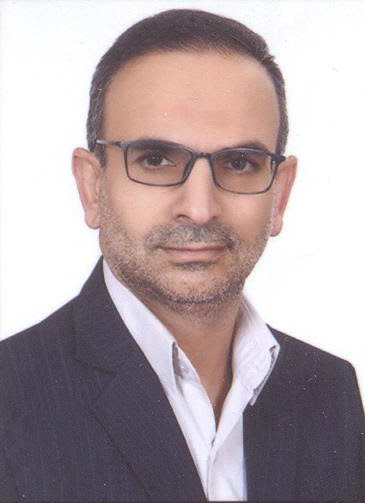Chairperson:

Reza Imani


Associate Professor of Infectious Diseases, Department of Infectious Diseases, Social Determinants of Health Research Center, Shahrekord University of Medical Sciences, Shahrekord, Iran.
Email: eimani@skums.ac.ir
Editor-in-Chief:

Soleiman Kheiri 


Professor of Biostatistics, Department of Epidemiology and Biostatistics, School of Health, Shahrekord University of Medical Sciences, Shahrekord, Iran.
Email: kheiri@skums.ac.ir